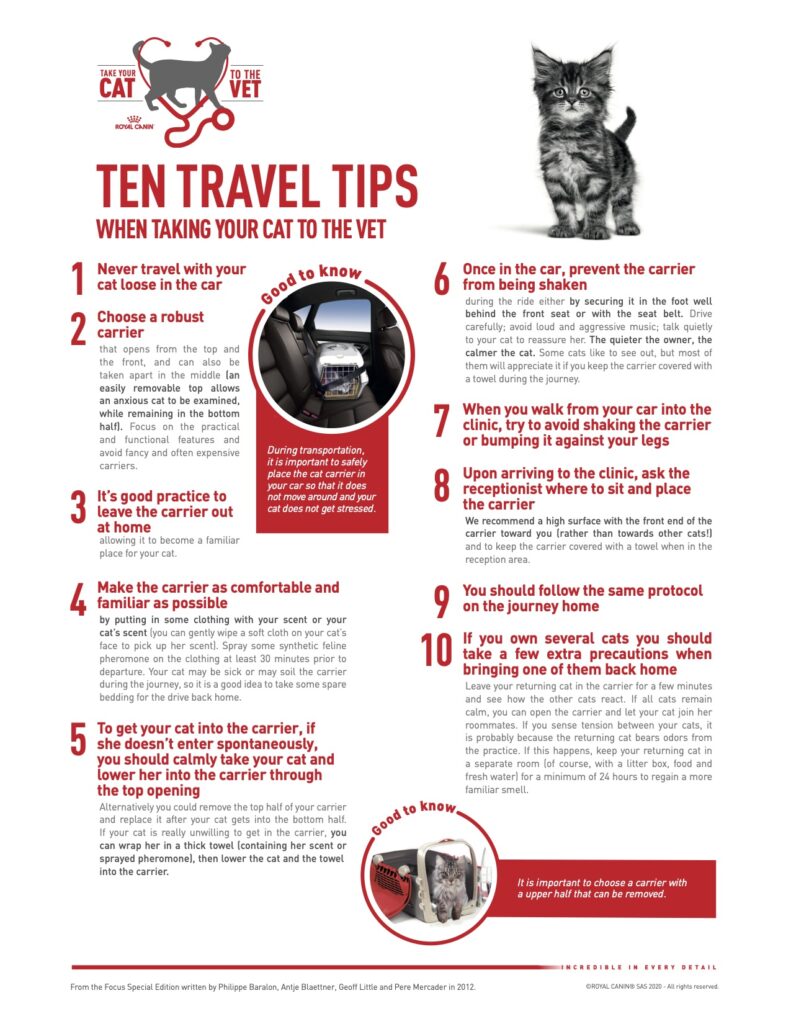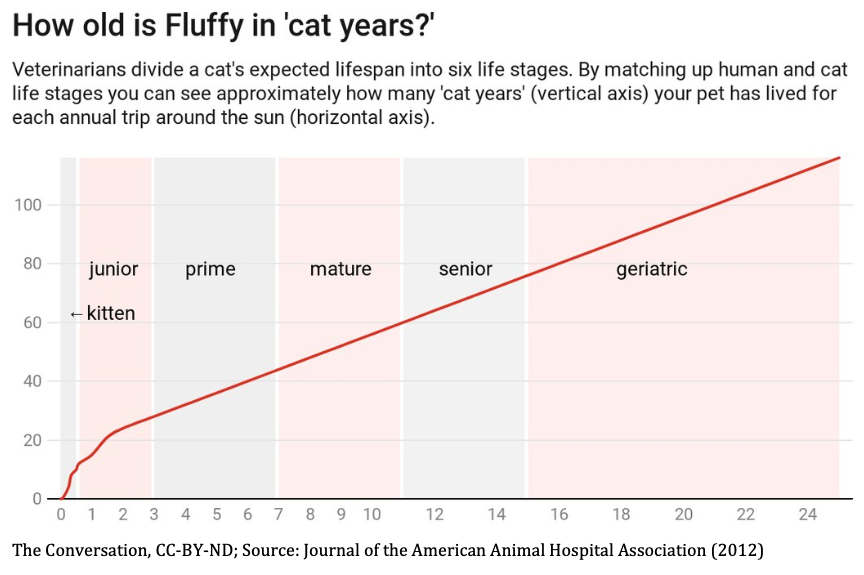August 22nd is National Bring Your Cat to the Vet Day. Now you may ask yourself, “Why do we need a day set aside to take a cat to the vet?” Did you know that dogs are five times more likely to see a veterinarian than a cat? More cats are owned per household than dogs but yet the annual average expenses for dogs are $258/dog and $98/cat per year. The AVMA study indicates that more households own dogs (38%) than cats (25%). I think many homes have cats that never see veterinarians and therefore the numbers are skewed. Many homes have multiple cats but have only taken one to see their veterinarian. People seem to think an indoor cat has no reason to see a veterinarian once they have been spayed or neutered. Many cats are extremely upset when traveling and even more upset when they get to the vet office so people hate to see their cats act out. Some people are embarrassed by their cats behaviors away from their home. Many people have cats that just showed up one day and they stayed. They do not claim them as their cat even though they feed them daily. The reasons cats do not see veterinarians come with many explanations. If you are one of those people that rarely or never brings a cat to see a veterinarian then this blog is for you.
Click here to download the following graphic, Ten Travel Tips When Taking Your Cat to the Vet, or find it anytime on our website at Resources.

Cats are not small dogs. This statement has been said often when comparing diets and behaviors. Where I see this most is in how they age and the different diseases that present in cats. A young kitten or cat can have respiratory, urinary, and or skin issues commonly. Vaccinations are recommended from 6 weeks of age and up. We encourage them to be checked for external and internal parasites. Diets are important as a way of preventing some health conditions that are common in younger cats. A visit to your veterinarian can help get you off on the right tract so you can avoid some of the pitfalls of owning a young cat or kitten. The highly recommended visit of spay or neuter to prevent unwanted behaviors of marking or being vocal during the mating season should happen within the first 4-6 months of age. Statistics show that a kitten can come into season as early as 4 months of age if around other intact cats. Waiting longer can cause unwanted behaviors and increase costs associated with the procedure. Cats age at a slower rate then a large dog. We are seeing the age of cats extended since we have multiple options for treatment for common feline diseases and health conditions associated with aging. It is not rare to have a cat live between 15-20 years now. The message I want to express is that early intervention in these health issues is key to extending a cat’s life. Without seeing a cat at least once a year, veterinarians cannot share with clients tips on preventive measures and clinical signs to watch for. The age chart below shares a comparison of cat verses human lifespan. Where does your cat line up?

At Winterset Veterinary Center we see three times more dogs than cats. We do more preventive care on dogs than cats. We are more likely to see cats on an emergency basis than for healthy check ups. We often see a young cat for their spay or neuter and then do not see them for years. They show up with a major health crisis and we have no current medical history. All of these factors increase the risk of a less than positive outcome. It is said there are at least 90 million cats in the USA. Only half of the cats see a veterinarian on a regular basis. It is time to change that statistic. If your cat is in the Mature or greater category in age, it would be wise to have them checked by a veterinarian. Many health conditions are not visible from the outside but a physical exam can be a great place to start. Help us raise awareness of the importance of cats seeing veterinarians just like their canine companions do. Schedule an appointment for a healthy check today and start your feline friend on a journey of good care and a long and healthy life.

Every year I get asked to judge the cat show or a pet show at the county level. It is my hope that these young people will grow up appreciating their cats and knowing that their lives deserve as much veterinary care as the dogs in the world. I have spoken in classroom settings attempting to educate the younger generation about the importance of veterinary care and how much it costs to care for the “free kitten” that you brought home. These types of programs are important so this younger generation will understand the value of our furry friends and the need for proper and timely health care. Join the cause by sharing this blog. We can all help raise the standard of care for the cats of the world.